The Big Gear Show went off without any noticeable hitches in Park City, Utah last week. Some might be excited about the return of in-person trade shows, and some were still a little apprehensive, but overall, the industry folks in attendance seemed to be at least a little excited about meeting face to face.
For consumers, the trade show itself is largely meaningless and exclusive. Bike shops and retailers are connecting with brands to see what they can or would like to stock at their shops in the future. For media, our agenda includes seeing what we can show readers. Which products do we as mountain bikers get stoked on, and what would our like-minded readers be stoked on as well?
Since this was the Big Gear Show’s inaugural event, attendance of bike-specific brands wasn’t nearly as high as the consumer-forward, bike-specific Sea Otter Classic, which was recently acquired by Lifetime Fitness, but there were quite a few brands that we were excited to see. There were some intriguing products to see, though unfortunately brands are still facing supply and shipping issues.
5.10 updates the Hellcat Pro

The Hellcat Pro has been a clipless pedal favorite from one of mountain bikers’ favorite shoe brands for a while. This year, 5.10 has overhauled the Hellcat Pro with some big updates, and the most noticeable might be its more breathable, mesh-like upper.
The closure has been revised as well, and the shoe has a sleeker look than it previously did. The Hellcats still have the Stealth sole, and the brand has started to use more recycled materials in the shoe, although they say “20% of pieces used to make the upper are made with minimum 50% recycled content,” so it may not be all that much of the shoe yet.
The Hellcat is still aimed at the gravity crowd and a pair costs $150-180, depending on if it’s the Hellcat or Hellcat Pro. They are available on the Adidas website. Look for a review later this summer.
Camelbak adds waterproof M.U.L.E. and a new hip pack
Camelbak had a few new bags they were previewing, including this waterproof M.U.L.E., which should be a great option for riders in the rainy Northwest or the UK. The waterproof M.U.L.E., or M.U.L.E. Evo as the stitching says, is still a while out from being released, but it looks like it will be a unique option. The M.U.L.E. Evo felt lightweight — for the durable, water-shedding material it’s using — and up front they’re incorporating wider, thinner, and more breathable straps for better ventilation. The back panel is also raised and ventilated to prevent excessive sweating.
Camelbak also let us check out their new Podium Flow belt. Singletracks EIC Jeff Barber tested the previous version of the belt, and it’s a great pack for short rides when you’re just packing the basics. The new version centers the bottle and makes room on both sides for storage. The back panel isn’t that much different than the previous model, aside from the style of mesh.
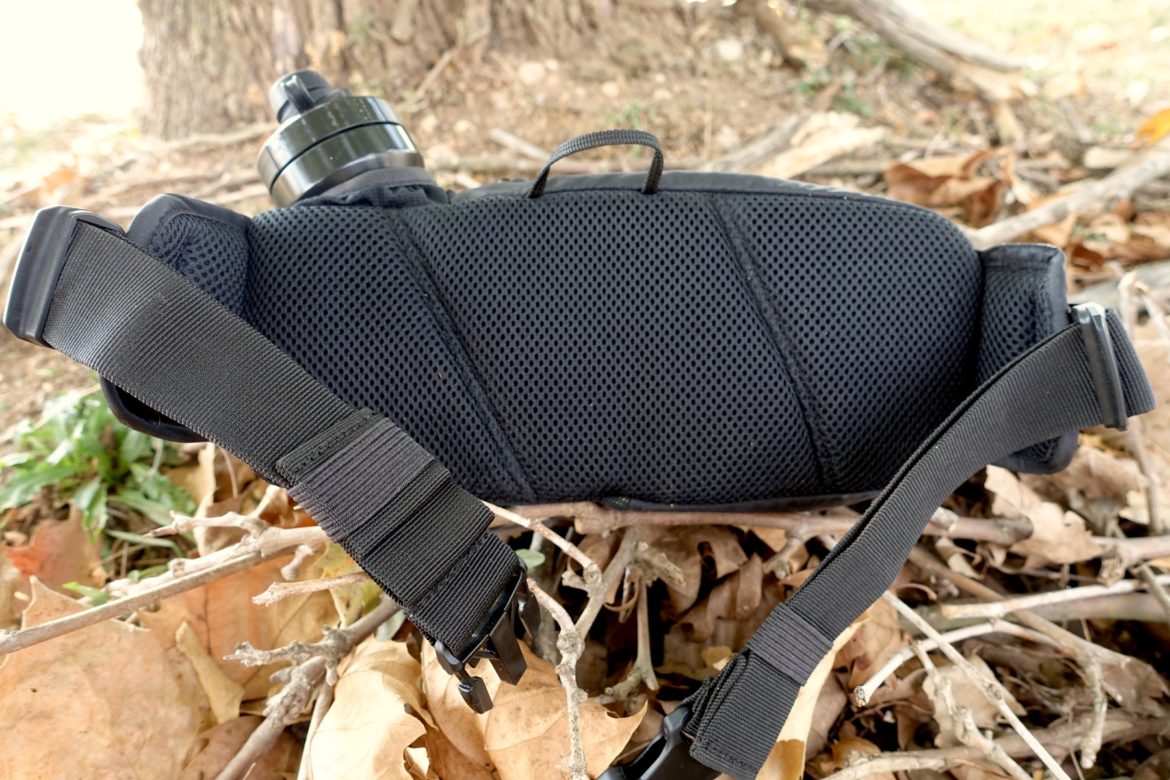
Pricing and release dates aren’t available yet on the new packs, although it sounds like it will be spring of 2022 for both of these.
POC adds some packs

Swedish brand POC is first and foremost known for its protective equipment, like helmets, knee pads, and roost guards. Now they’re taking some of what they do best and adding it into small packs.
POC showed us this small hip pack, which should be great for packing just the essential lunch ride items, like a tool, a CO2, and a snack or two. There is some protective foam in the back just for good measure.
POC is also working on a vest-style hydration pack similar to the Camelbak Chase vests we’ve tested. The POC hydration vests have many different features compared to the Camelbak vests, and we won’t spoil it all now, but we’re looking forward to checking them out more down the road. The packs are due out in Spring 2022, so there will be a bit of a wait.
Osprey goes full enduro

Mountain bikers don’t need an introduction to Osprey. The brand is a favorite because the packs are well-designed and the company has notoriously excellent customer service. The Raptor Pro will now compete with the likes of EVOC and others who have incorporated spine protection into the back panel.
The Osprey Raptor – still unreleased – will have a removable D3O back panel, and a spot up front to stash a full-face helmet on the climbs. Underneath is a pouch dedicated to tools. Zip open the bottom and there is an included tool roll. The pack centers weight near the bottom.
Yakima is debuting three new bike carriers this fall

Bike racks, just like bikes, are getting better and better. And, as bikes change over time, so do the devices that strap them to the back of highway-bound vehicles. An updated StageTwo (pictured above) will debut alongside a new upright rack, the HangTight, along with an updated GateKeeper tailgate pad in mid-November.
The StageTwo will have an impressive capacity of 60lbs per bike on the two-bike rack and it’s made to fit road, mountain, fat, and e-bikes alike. An offset design keeps bikes from knocking into each other. The StageTwo will cost $749 and an extension will cost $549.

The HangTight will be a 4- or 6-bike vertical hitch rack, which centers the stem and cradles the handlebars up top, and the tires at the bottom. This will debut for $799 for the 4-bike model and $999 for the 6-bike model.
The new GateKeeper will retail for $199 and will come in two colors, and it will have better gate latch access and an improved strapping system.
Tannus makes gravel tire inserts for the serious under-biker

Worried about fracturing carbon rims on your gravel bike because you treat it like a mountain bike? Tannus has the answer with their new tubeless tire inserts.
Tannus makes tire inserts for 27.5, 29, and now 700c X 33-47mm. The tubeless inserts are said to be lighter and much easier to install than some of the major competitors. We picked up a set at the show and are looking forward to trying them out. They’re priced at $50 per wheel.
TRP Evos their lineup

TRP brakes, and the DHR-Evos in particular have become some of our favorite brakes in the business. The DHR-Evos re-sized the master cylinder piston, increased the size of the brake hose and increased the rotor width all for a stronger brake. They were initially made for e-bikes and then marketed for downhill and enduro.
Now, the TRP tech from its flagship brake has trickled into lighter options, like the Slate Evo and the Trail Evo.

The Trail Evo lever is different than the DHR-Evo lever. It uses a 10mm piston instead of a 9mm piston, the same 5mm hose, and the ergonomics are quite similar. The calipers on the Trail Evo and DHR-Evo are nearly identical, but the Trail Evo caliper is painted black instead of polished which saves the brand some time and saves the buyer $50. The price on the Trail Evo is $210 per brake.
The Slate Evo incorporates a thicker 2.3mm rotor, like the Trail and DHR-Evos, uses a 10mm master cylinder piston, improved oil flow in the caliper, and a matte black finish for an impressive price of $140 per brake. These should be excellent brakes for the aggressive trail riders.

Or maybe you don’t care about price and want the blingiest option out there. The Gold TRP DHR-Evos are $280 per brake. The Trail Evo and Slate Evo are available via the TRP website.

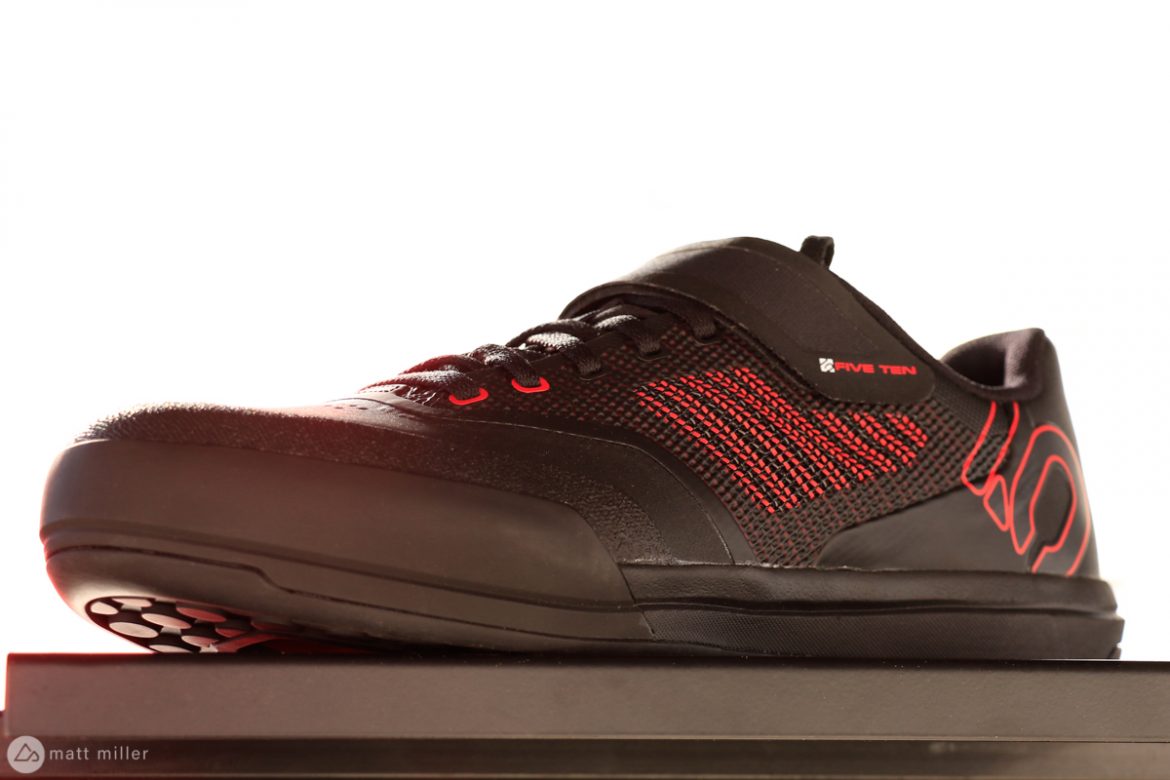
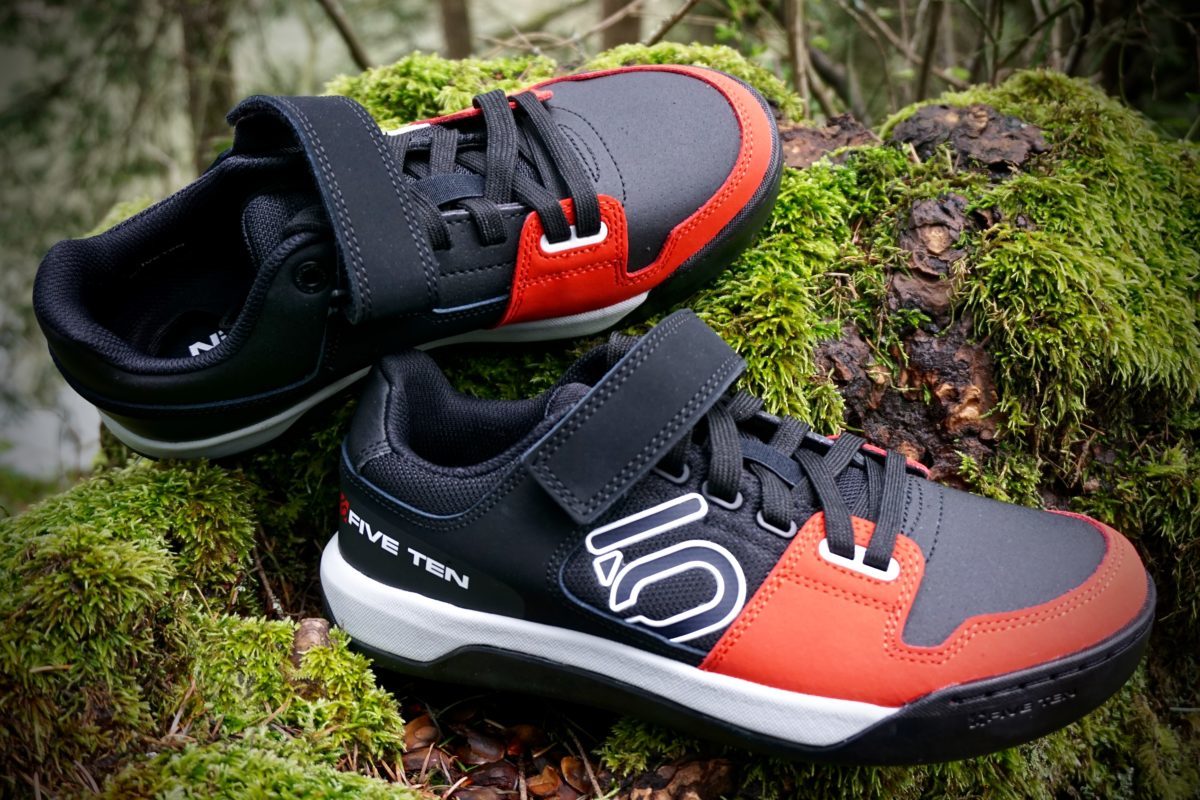
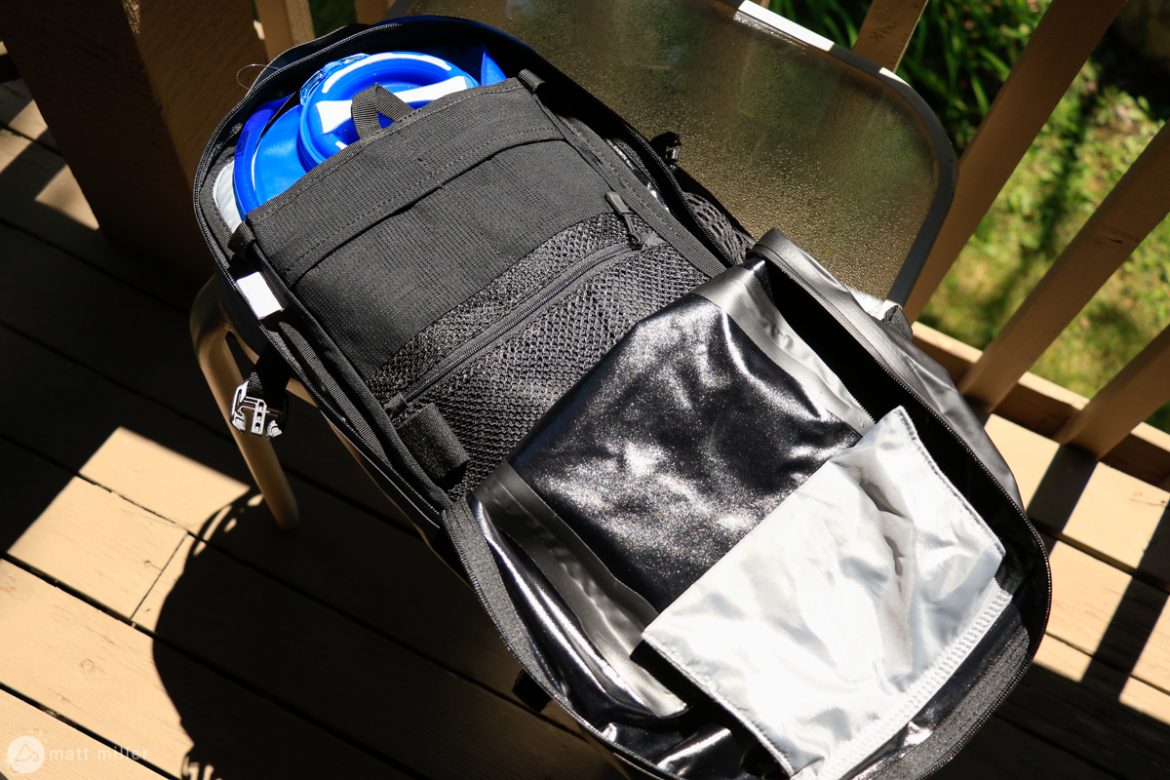
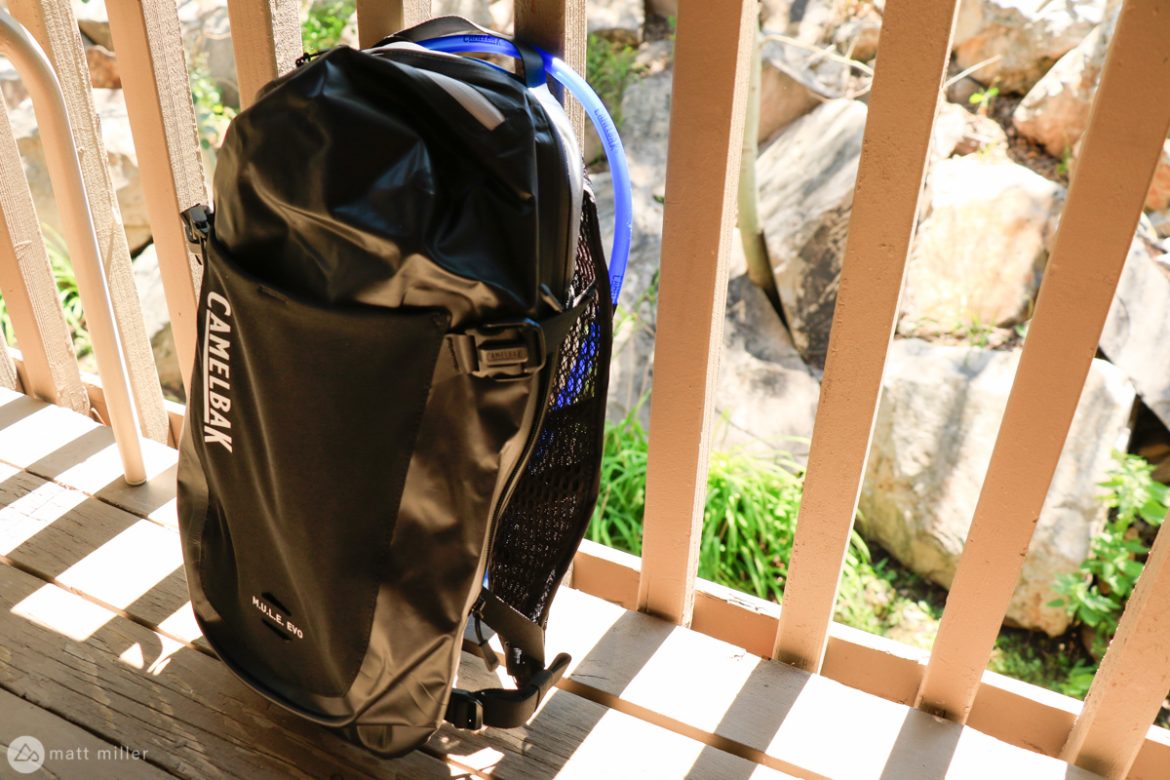
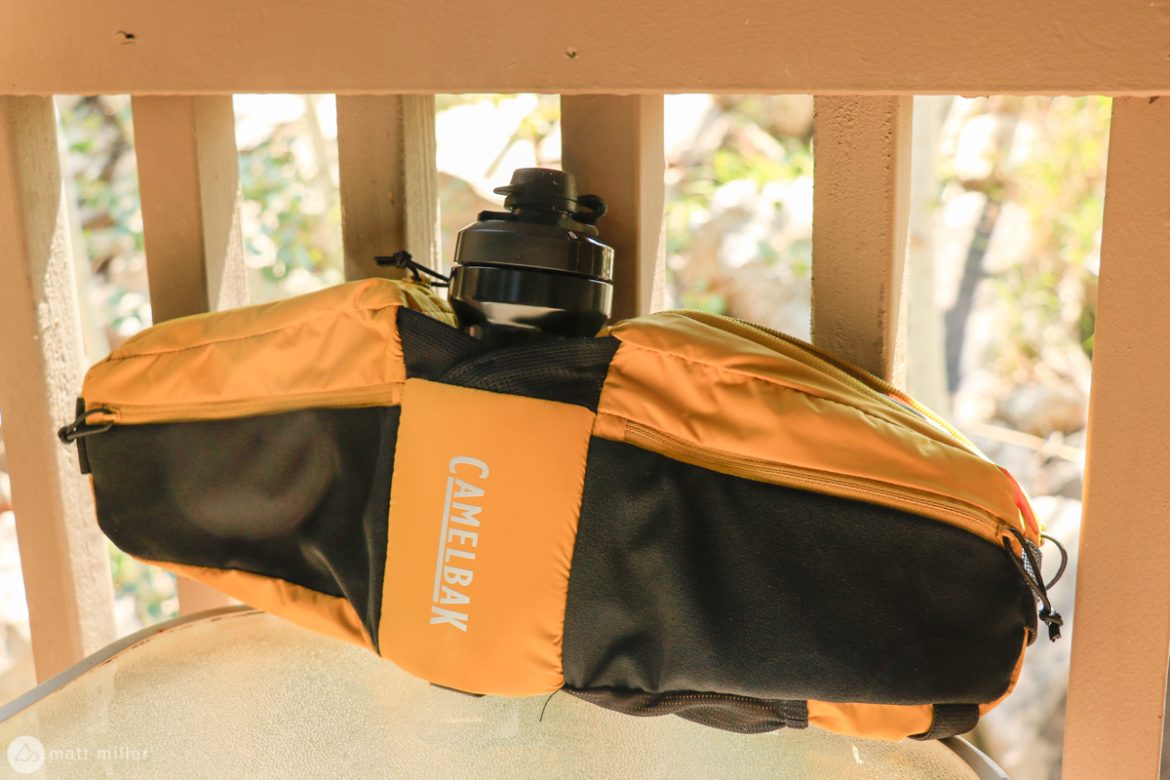
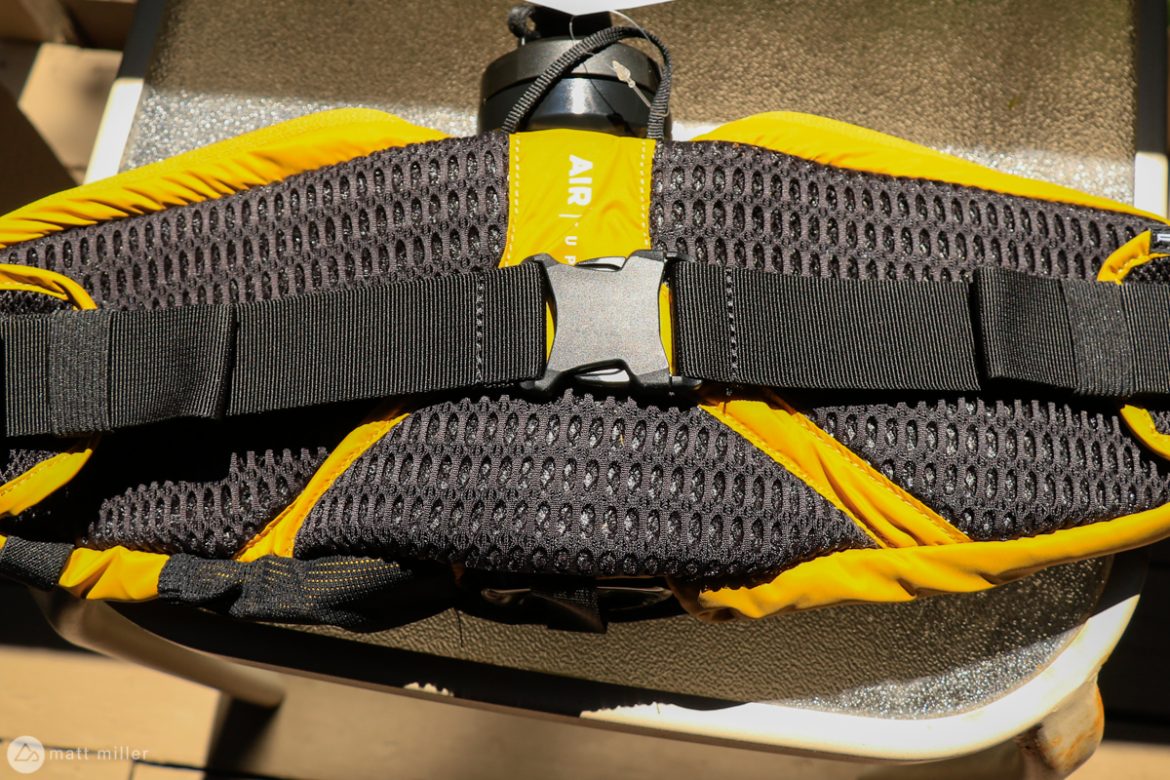
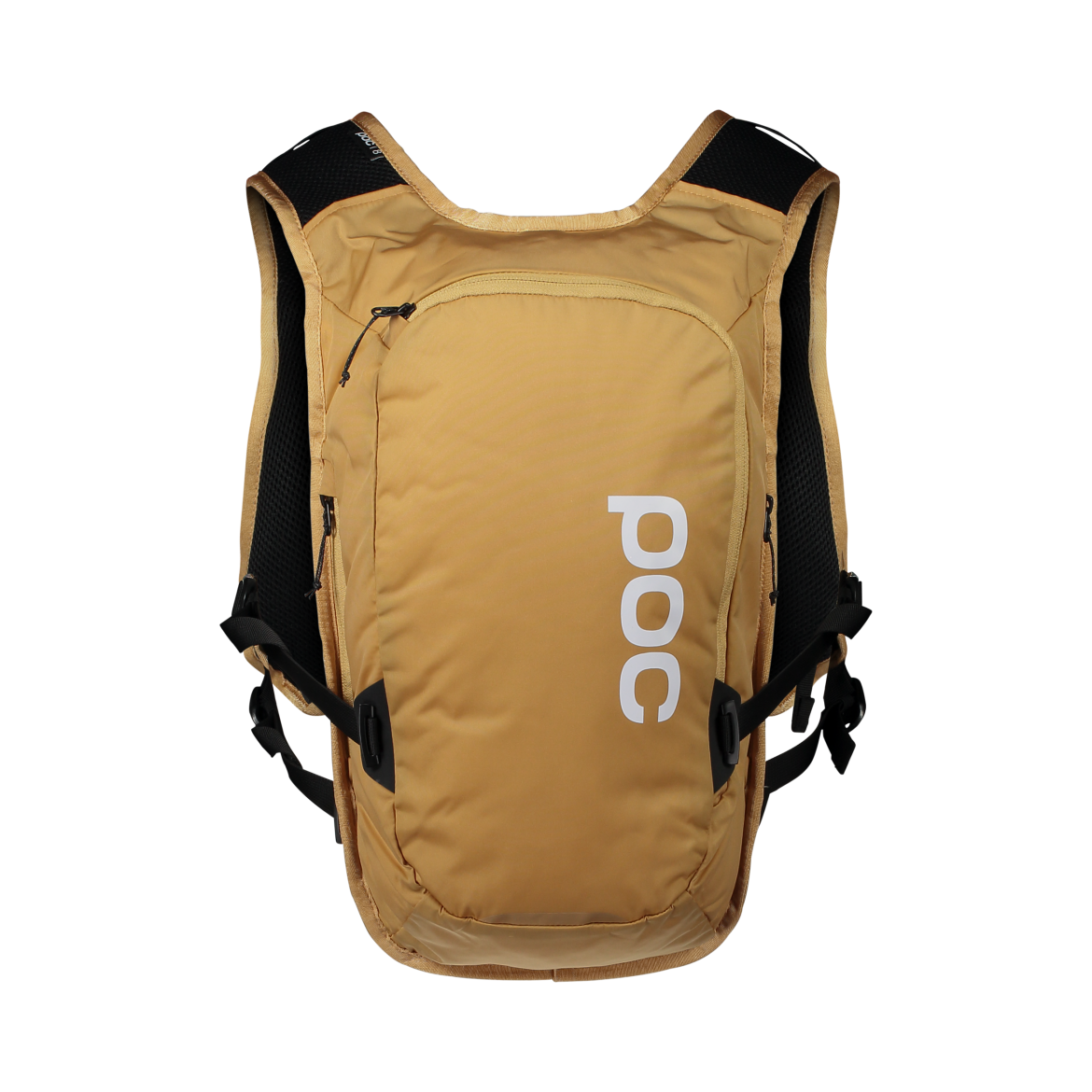


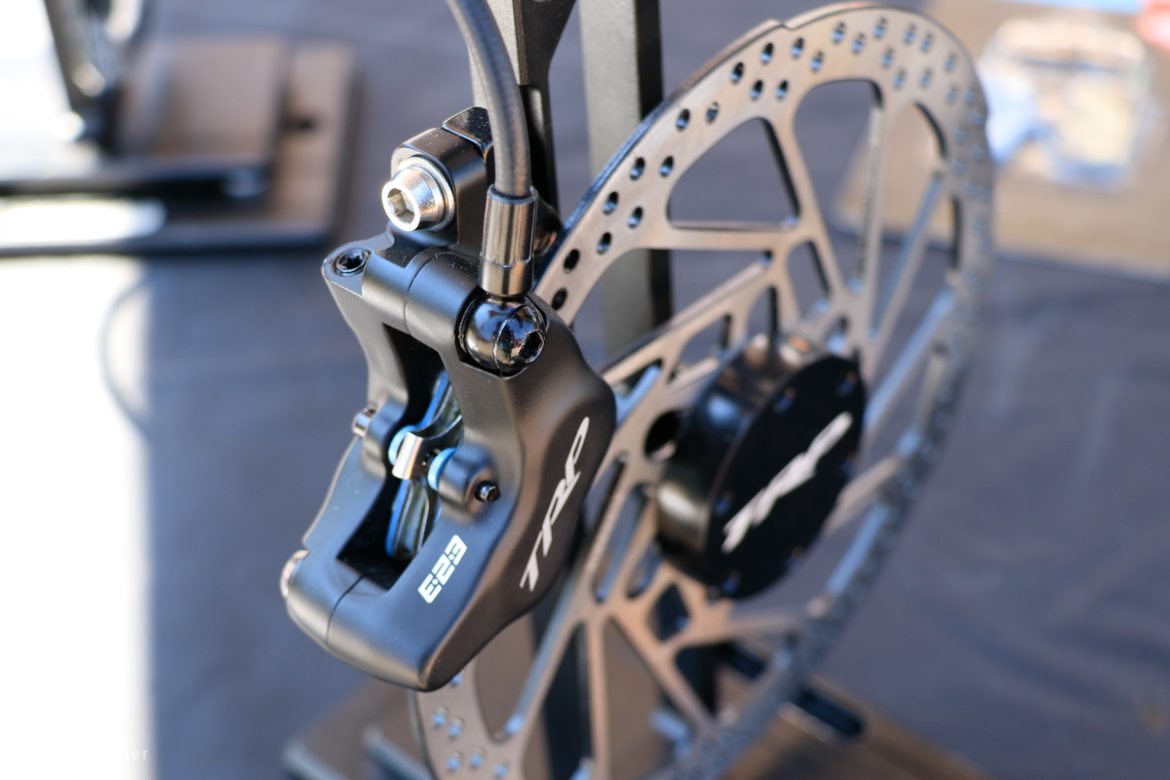


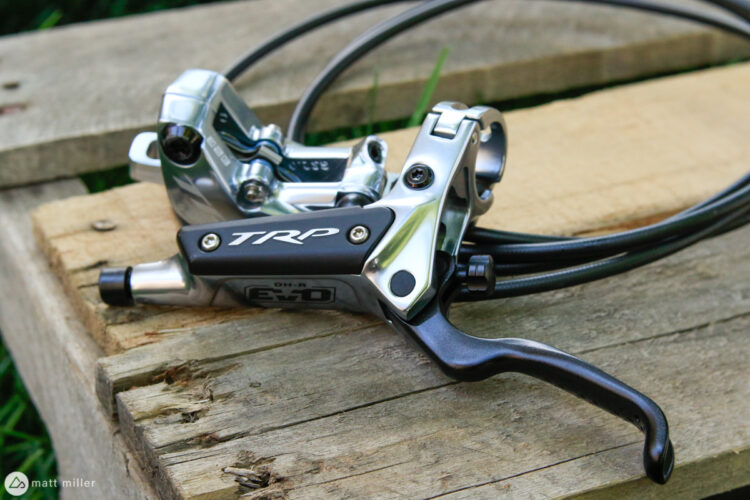
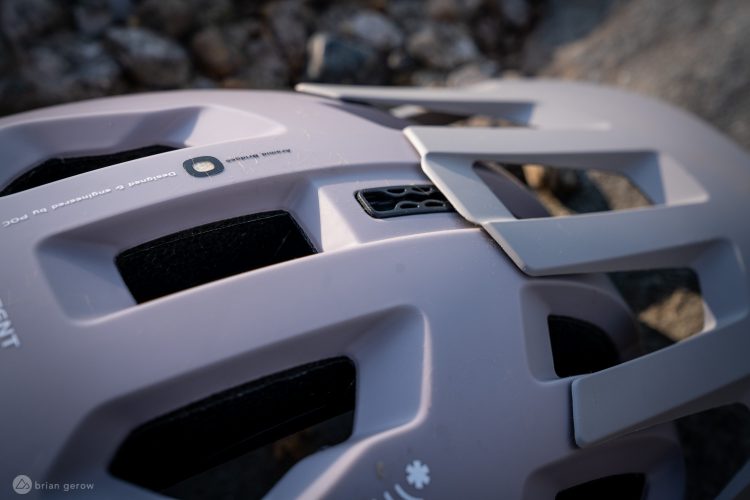
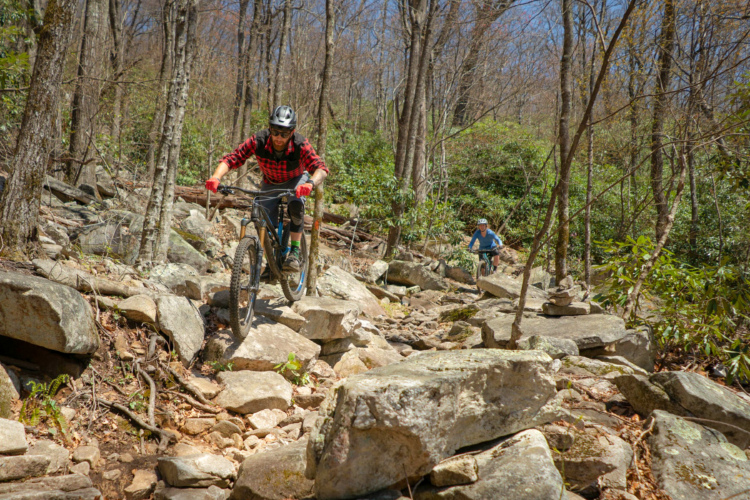

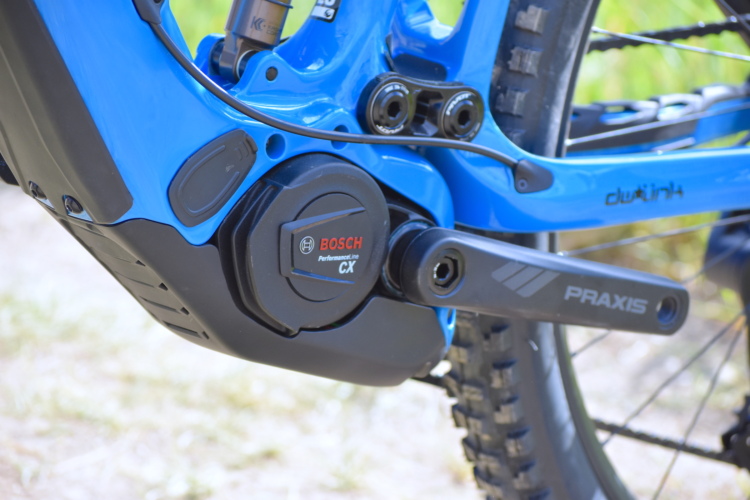


0 Comments